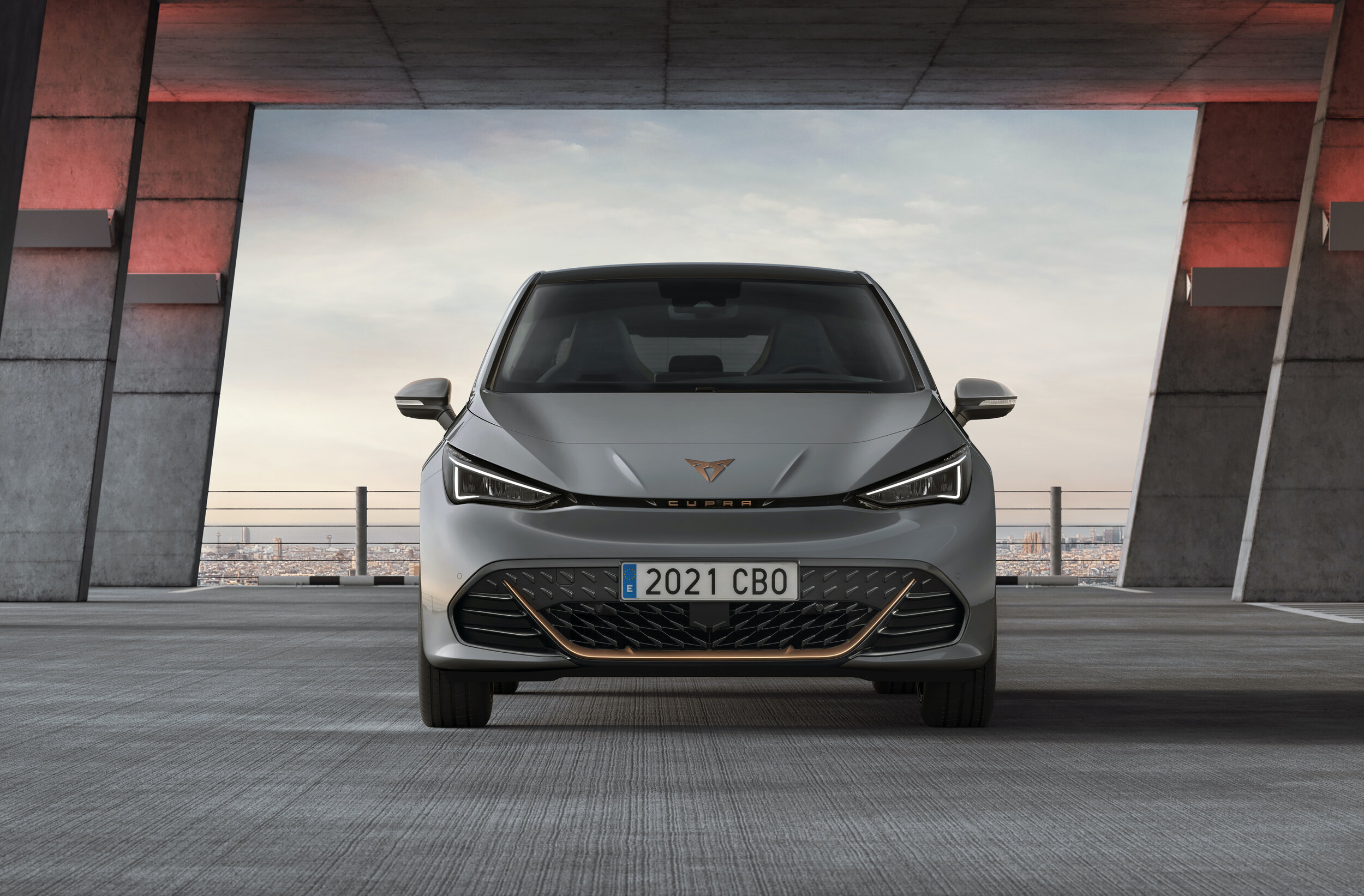Born in 2021, arriving in 2023
/The snazzy electric Cupra performance hatch is on the same slow boat as all other MEB platform cars.
THREE batteries, two motors, up to 540kms range … and, unfortunately for Kiwis, potentially at least an 18 month wait.
That’s how long it’ll be before anyone here can officially achieve the latest of the electric cars built upon a mainstream Volkswagen Group platform.
The Cupra Born revealed this week is definitely set to sell here; the brand’s distributor has been saying as much for than a year already.
However, it’s not set to arrive any quicker than any other car placed on VW Group’s MEB platform. So, same “not before 2023” news then as has already been imparted by the distributors for the similarly-confirmed VW ID.4, Audi Q4 and Skoda Enyaq. Which all have the common underpinning.
Distribution rights to all those products are, of course, held by the Giltrap Group, though each has its own national brand division.
Cupra is with SEAT New Zealand; once Cupra was a SEAT-badged product, but now it’s a performance marque that, though also continuing to come from Spain (and be sold by dealers who also hold SEAT cars), is considered to be a wholly different thing. Albeit with a common bloodline. Besat not to dwell on it.
Anyway, when asked if he could give a heads up on when the Born, which is named after a trendy part of Barcelona called El-Born (a name the design study was faithful to), might be seen here. SEAT/Cupra manager James Yates replied: “We are hoping to have Born in 2023.
“The cause of the delay is EU CO2 fines and the need to reduce average CO2 numbers over there before doing the same here.”
Confused by that? Well, what Yates is referring to is the situation in Europe, where car brands have to meet a strict range-wide CO2 average and are fined heavily if they fail. Almost all conventional internal combustion-engined cars produce CO2 above the average, so to get in the good books makers either have to up their proliferation of electric car and achieve decent sales numbers. That’s what VW is doing with the MEB cars; it can only make so many – though production is ramping up – and Europe has priority for this year and probably next. Once economies of production scale are in place, it will start allowing countries such as ours to begin distribution.
In the meantime, the only way to secure an MEB cars is via grey import channels, which tend to secure them from the United Kingdom. The risk is there’s no factory warranty cover, because with electrics especially VW is among brands that has decided to make warranties specific to the countries the cars have been originally consigned to.
Whether a Born will ever be easily achieved even through this route is an interesting scenario. SEAT/Cupra are certainly doing okay in trhe UK, but are far more niche that Skoda, Audi and VW. The proliferation is lower and so, conceivably, would be the availability.
The Born’s appeal is pretty plain: Cupra is a performance brand and, according, it’s first born (yes, pun intended) electric car is, in five-door hatch format, basically a VW ID.3 hatchback with a much racier ambience and attitude.
Despite the bloodline, it will be built in Germany at a VW plant also making the ID.3.
Wayne Griffiths, the president of SEAT/Cupra, explains the car’s mission in today’s video, but essentially it’s being considered as more than just a Green breakthrough. The major theme is “emotional sportiness.”
Although the Born is, essentially, the same as the ID.3 under the skin, Cupra's engineers have tried to put some performance distance between it and the Volkswagen.
It will come with a choice of the same rear-mounted, rear-wheel drive electric motors as the VW, in 110kW and 150kW. However, by pressing a button on the steering wheel the Born can unleash a temporary power boost of 20kW for overtaking or extra acceleration.
In battery terms, it will be offered with a choice of a 58kWh pack with a one-charge range of 420km (on the WLTP test), or a larger 77kWh pack with a one-charge range of up to 540km.
The smaller-battery model will accelerate to 100kmh in seven seconds, the larger cuts that time to 6.6 seconds. The around-town 0-50kmh time is just 2.6 seconds.
Those batteries can be charged at speeds of up to 125kW on a rapid DC public charger, which can top up the battery from five percent to 80 percent in around 35 minutes. At maximum charging speed, it takes around seven minutes to add an extra 100km of range.
Werner Tietz, Executive Vice-President for Research and Development at Cupra and SEAT, says that the car's suspension and steering settings have been significantly altered to create further difference between the Born and the ID.3
Style-wise, the Born gets a pointed nose, with slim, piercing headlights (designed to mimic human eyes, according to design director Jorge Díez) though it has the same hard points, under the skin, as the ID.3. In profile the two cars are very similar.
In the cabin, there's a little more differentiation from the VW donor. Born has a larger, squarer infotainment screen in the centre of the dash, and an angular housing for the digital instrument panel. There are lots of contrasting textures and colour changes within the cabin, along with a big dollop of Cupra's signature dark copper trim. Much of the interior uses plastics recovered from the sea and recycled by the 'Seaquel' initiative.
On the safety front, the Born has with Predictive Adaptive Cruise Control, Travel Assist, Side and Exit Assist, Traffic Sign Recognition, Emergency Assist and Pre-Crash Assist, as well as an augmented reality heads-up display.
There will also be a full suite of online connectivity options, and the ability to monitor and control the car's charging by remote from a smartphone.




















